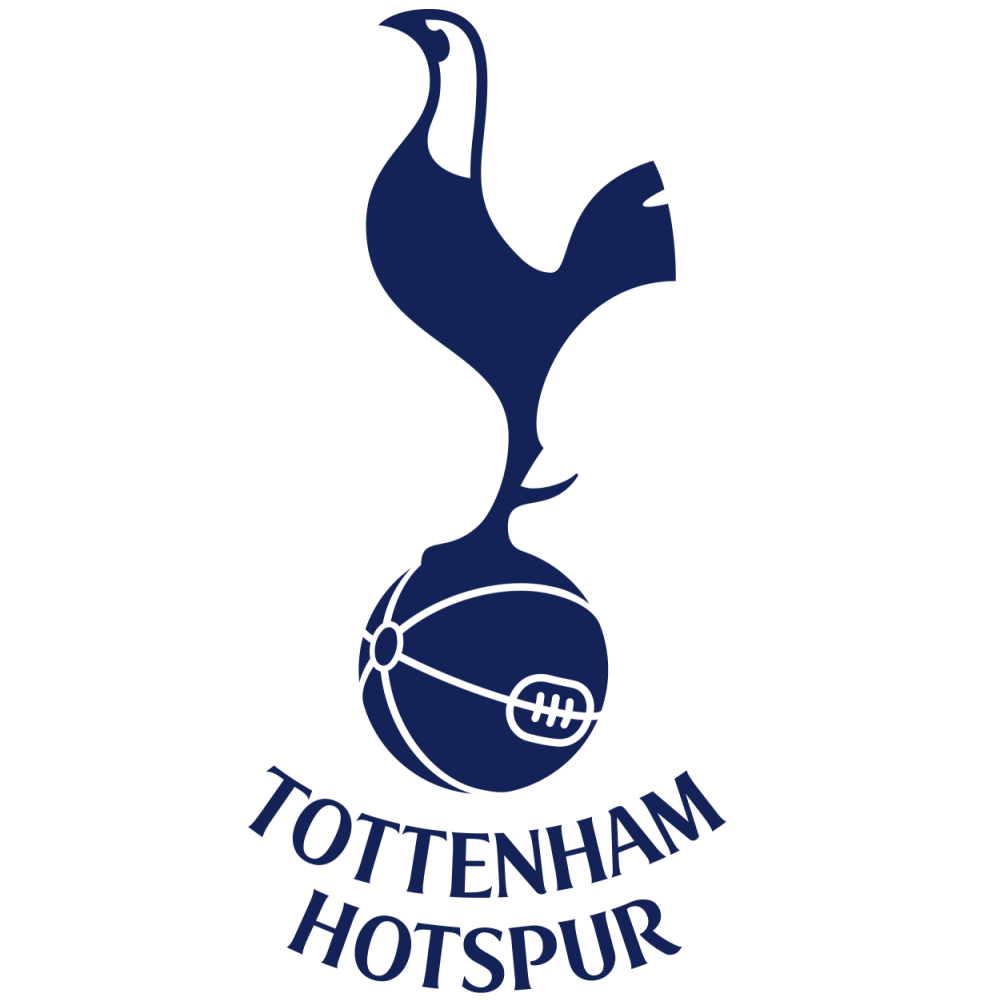We've seen some pretty unique formations in football down the years.
One manager who's known for experimenting is Manchester City's Pep Guardiola, who at Barcelona and Bayern Munich seemed to deploy a new formation every week.
His favoured formation at the Camp Nou was 4-3-3, but against teams that packed their defence to stop Barcelona from scoring, he would bring out the 4-2-4.
Lionel Messi would play alongside Thierry Henry up front, while Andres Iniesta and Pedro would occupy the flanks as wingers.
It meant leaving Barcelona short in midfield, but Guardiola could get away with it such was the quality of central players like Xavi, Sergio Busquets and Yaya Toure.
- Ronaldo refuses to wear special Serie A badge
- Ranking Barcelona's 32 signings since Guardiola left
- Check out our new GIVEMESPORT homepage
Jupp Heynckes, who managed Bayern between 2011-2013, is also renowned for a revolutionary 4-2-3-1 formation that saw goalkeeper Manuel Neuer almost play as a centre-back.
Neuer was so good with his feet that, when Bayern were in possession, the German would slot just behind the two centre-backs to help retain the ball.
This tactic was most prevalent during the 2012/13 season and it paid dividends as Bayern won the Champions League. Neuer was even named Man of the Match in the final.
Every top European manager has a favoured formation, but it's often the case that they make small adaptations to suit the team.
A graphic has emerged of last 20 Champions League winners and the formations they used in the final, stretching back to Vicente del Bosque at Real Madrid in 2000.
And it appears that 4-3-3 is the most popular formation, with nine out of the last 20 winners deploying it in one way or another.
In 2010, for example, Jose Mourinho's Inter Milan beat Bayern Munich in the final using 4-3-3 with two holding midfielders.
But in the 2015 final, Jose Enrique's Barcelona used 4-3-3 with only one holding midfielder to beat Juventus. Check out the graphic below.
What's interesting is that Zinedine Zidane won the 2016 Champions League with Real Madrid using a 4-3-3 formation but then switched to 4-3-1-2, dropping Gareth Bale in the process.
It worked for the Frenchman, though, as Real also won the Champions League in 2017 and 2018, making it three in a row.
It will be intriguing to see which formation is used by the 2020 winners.




















